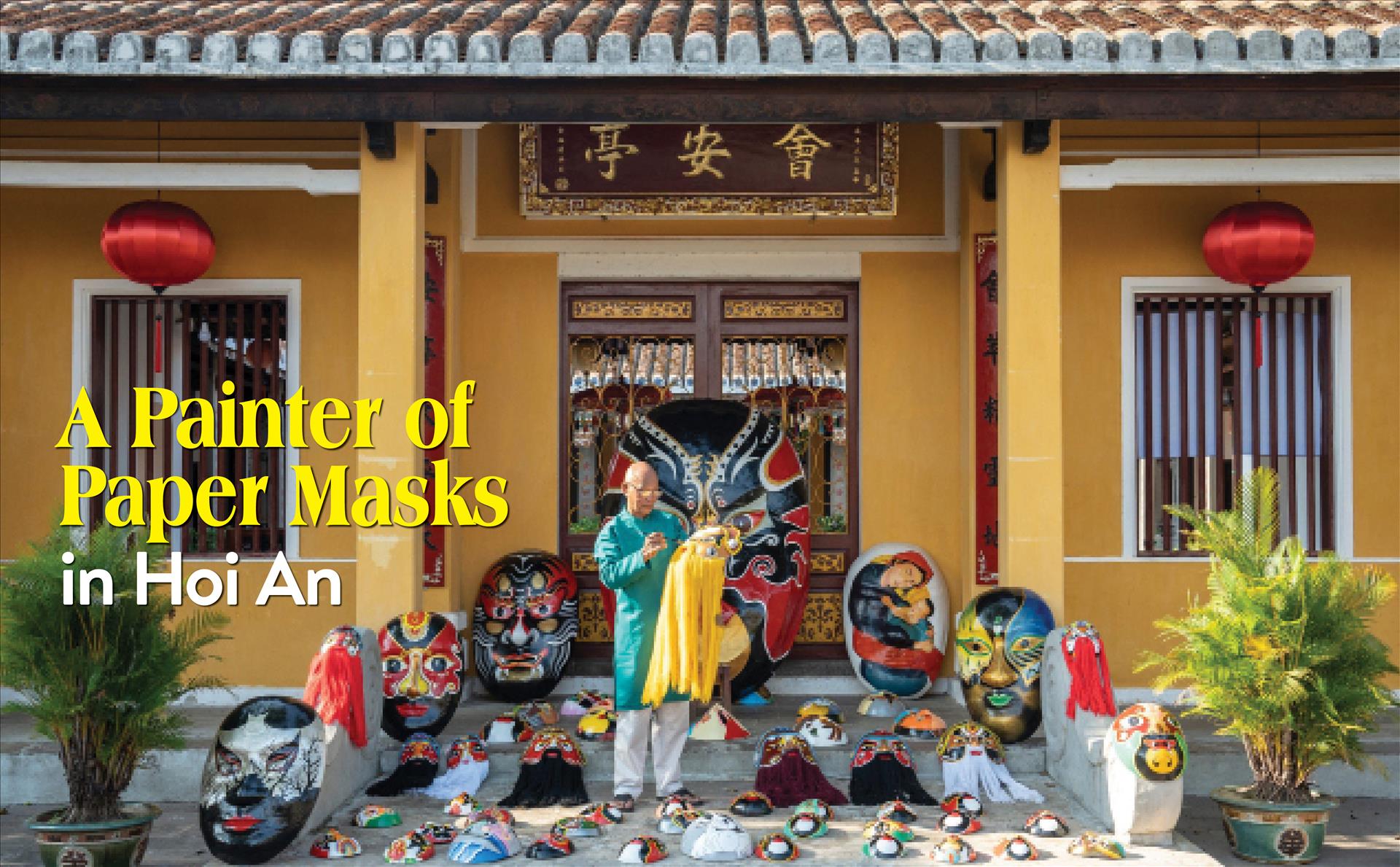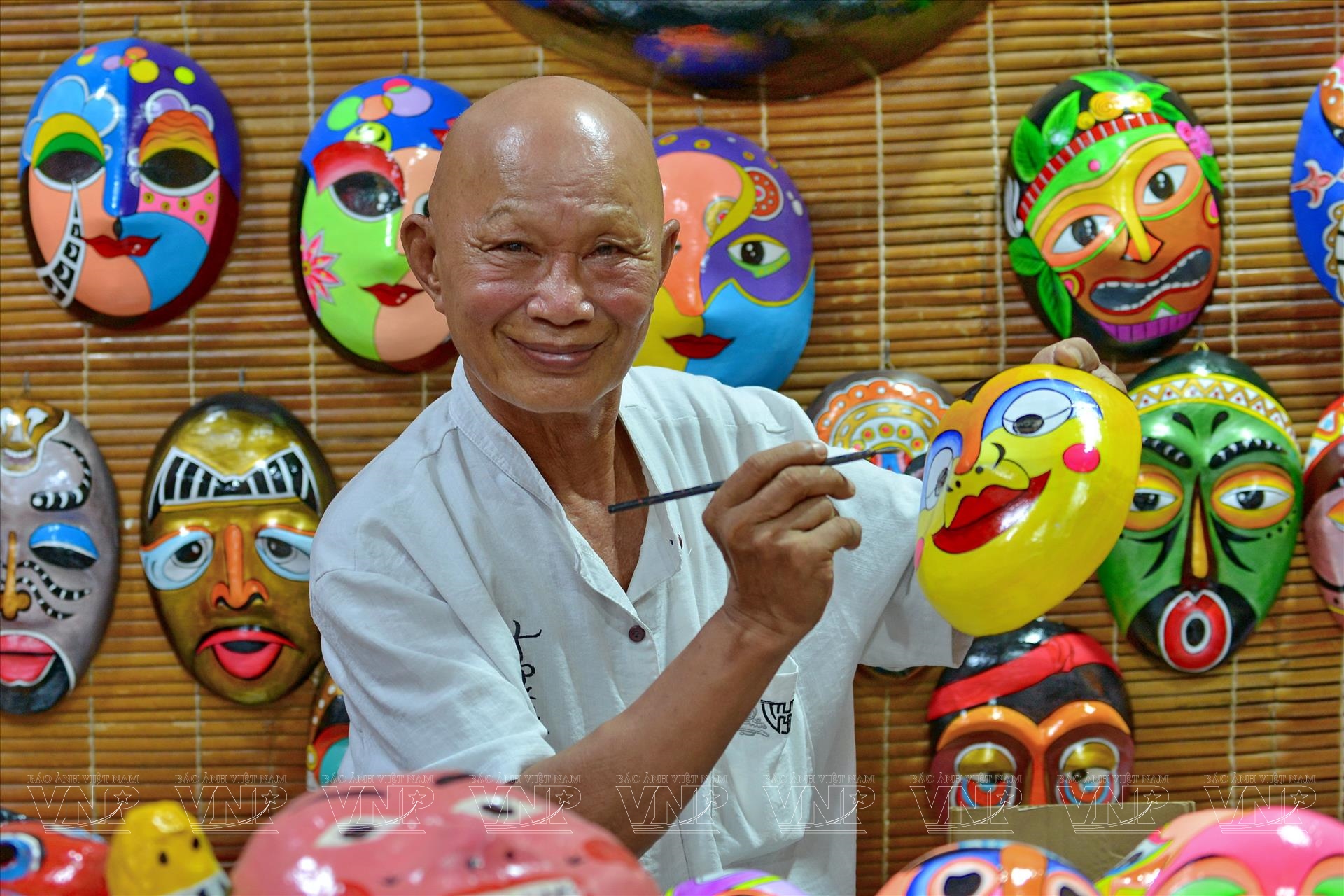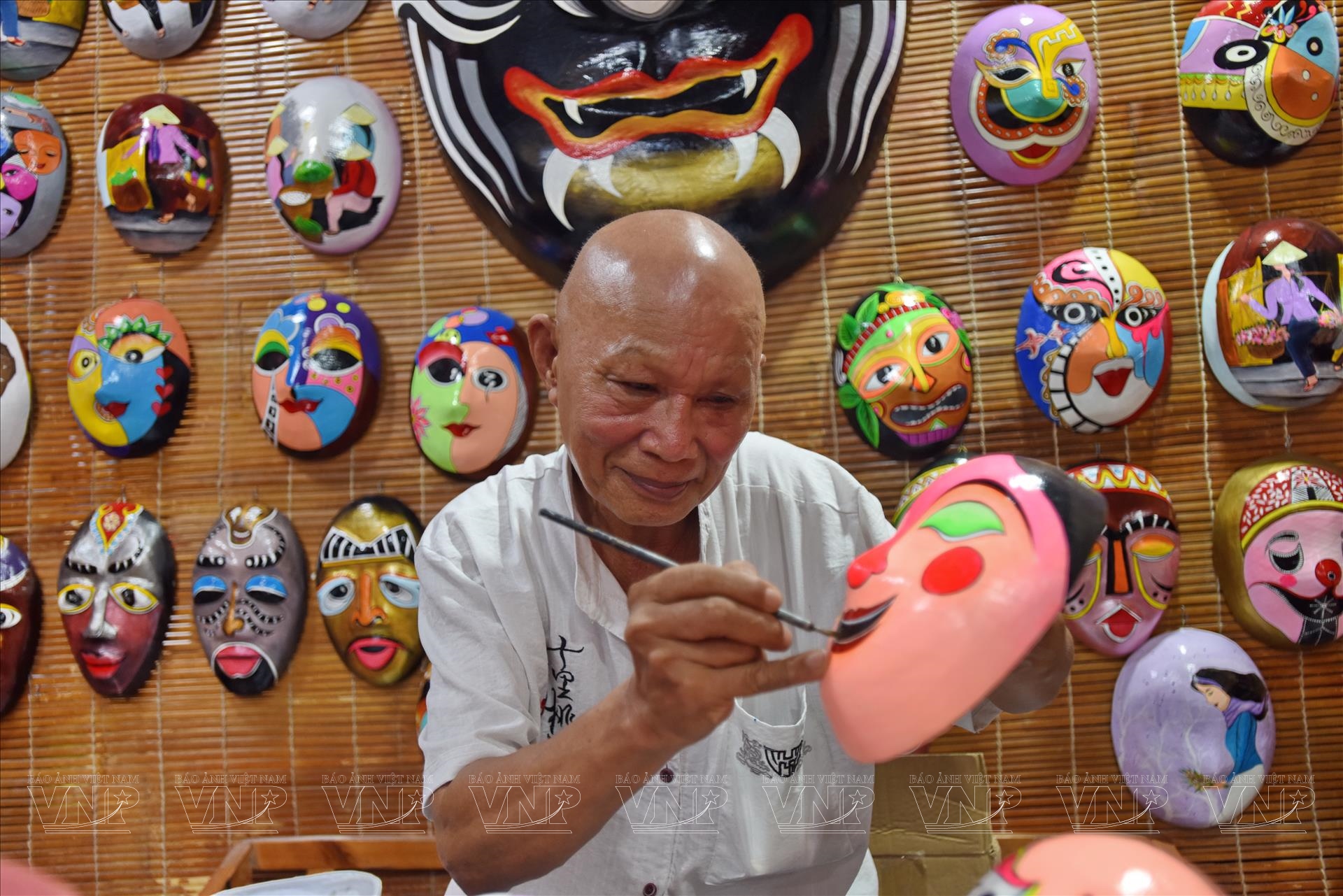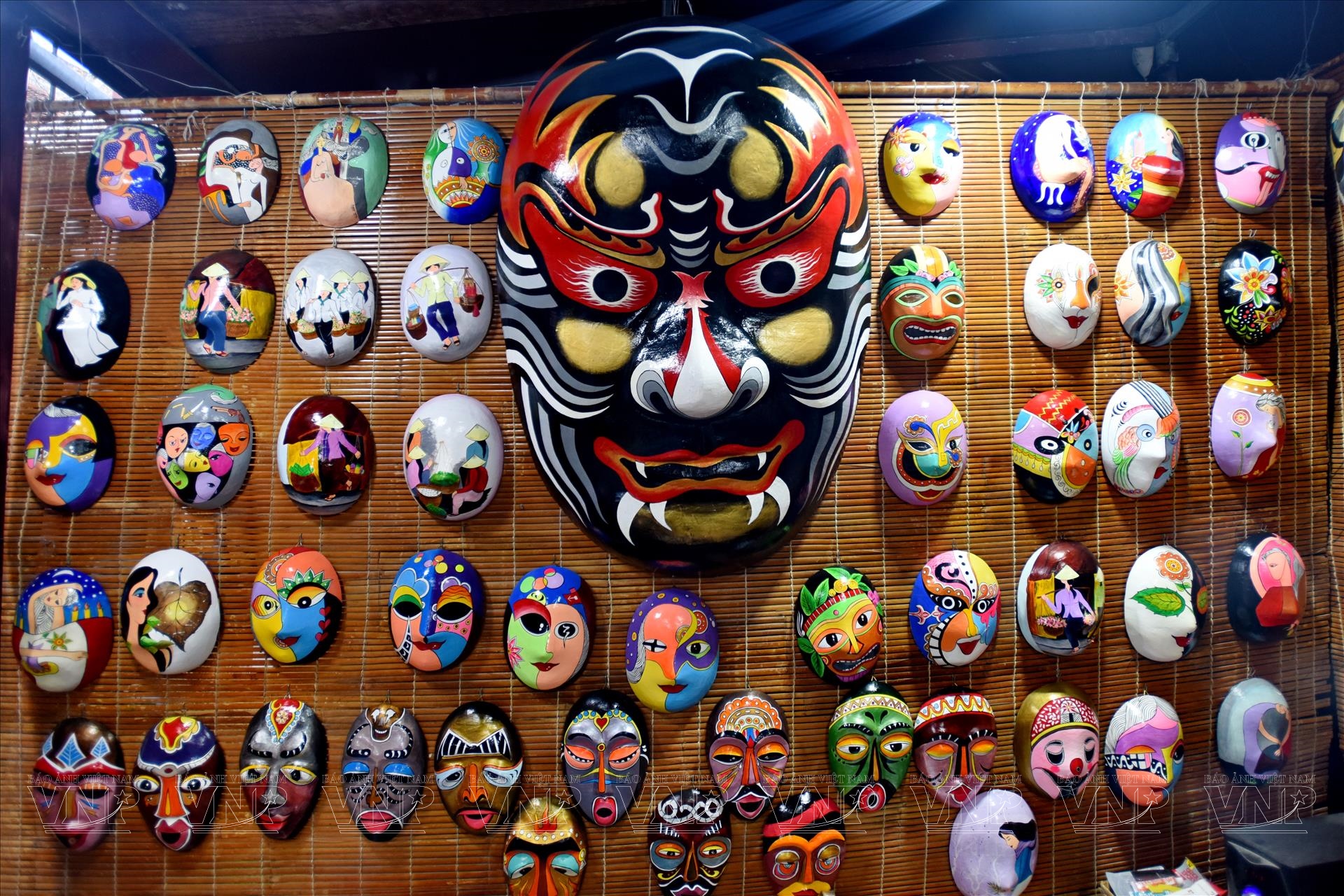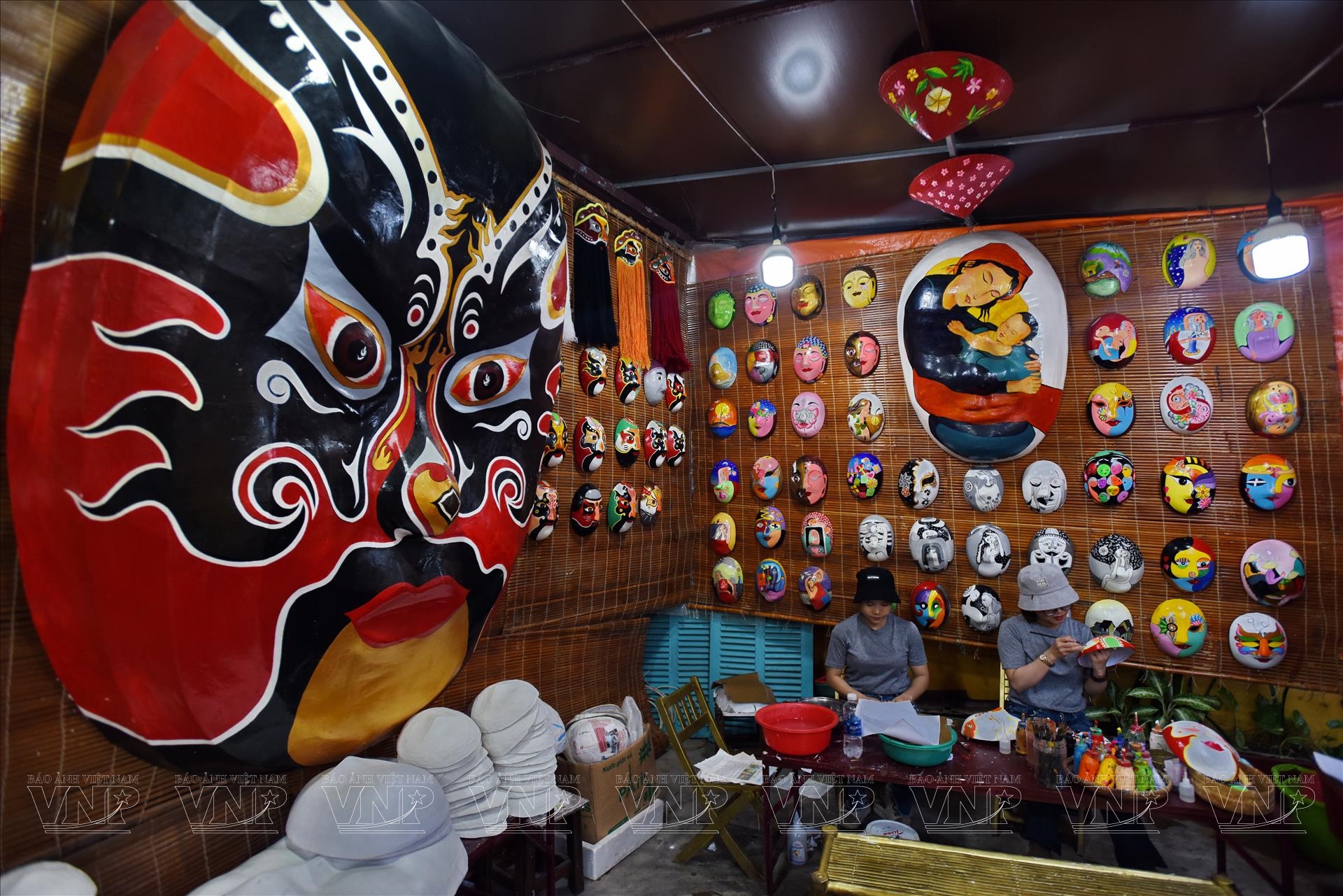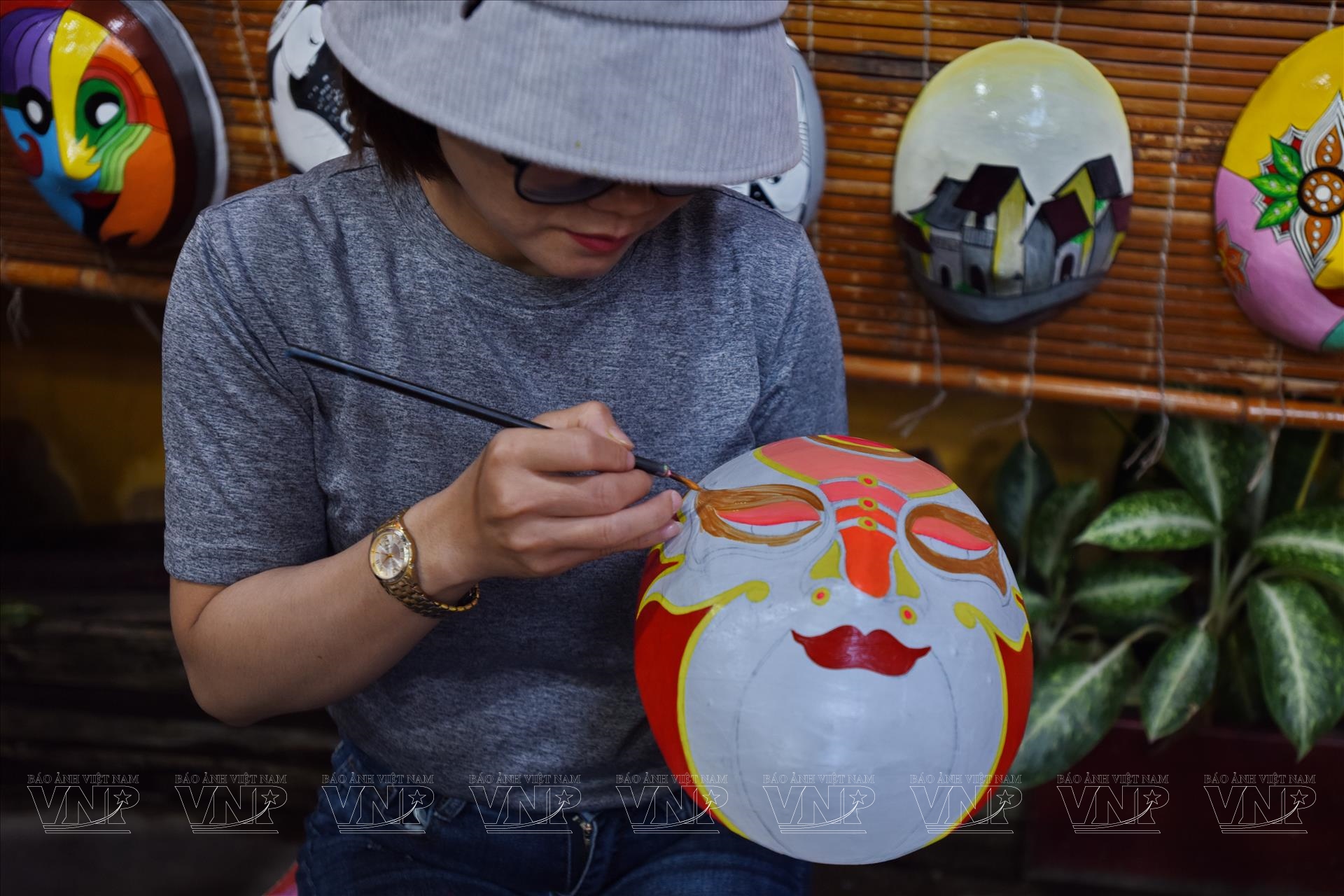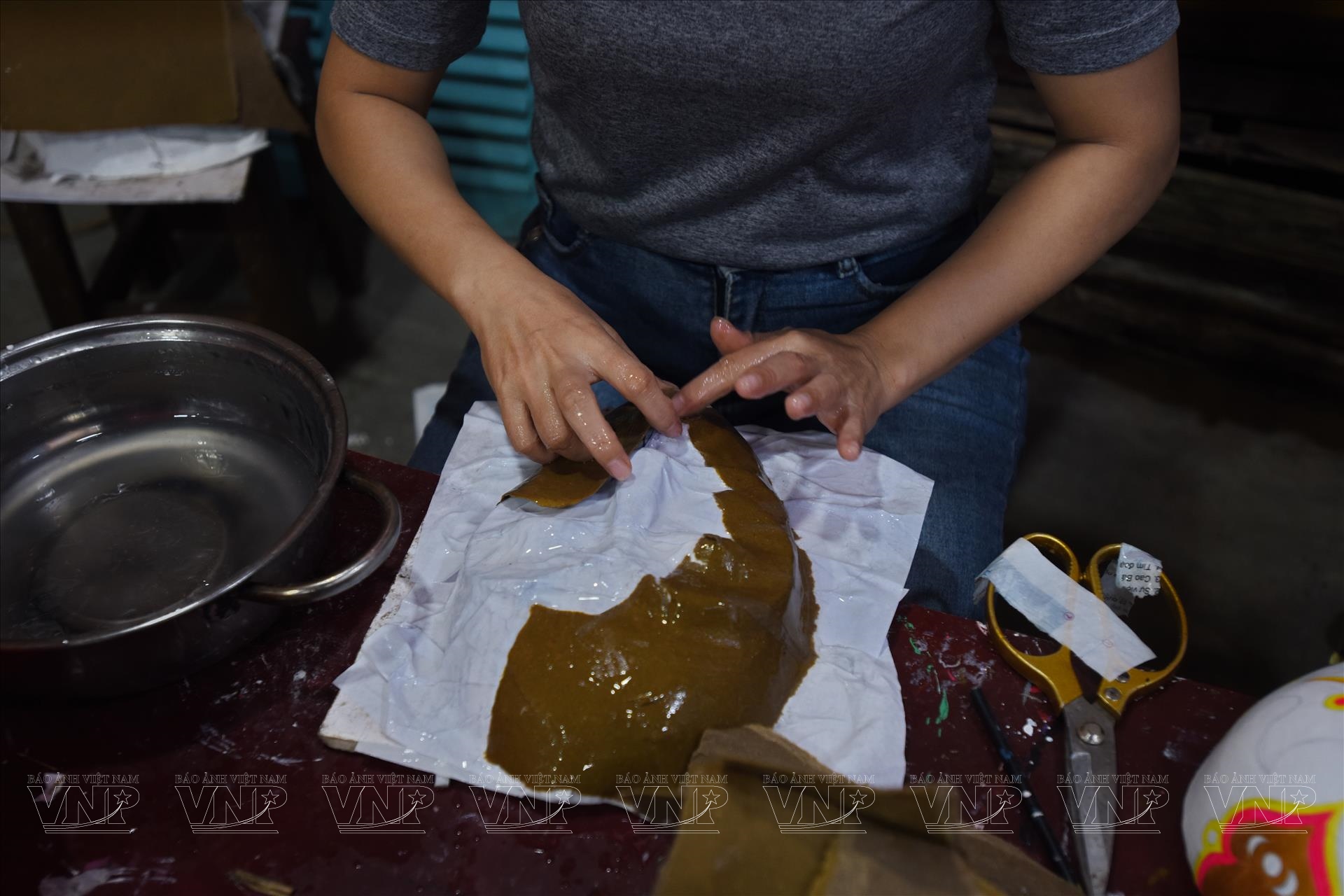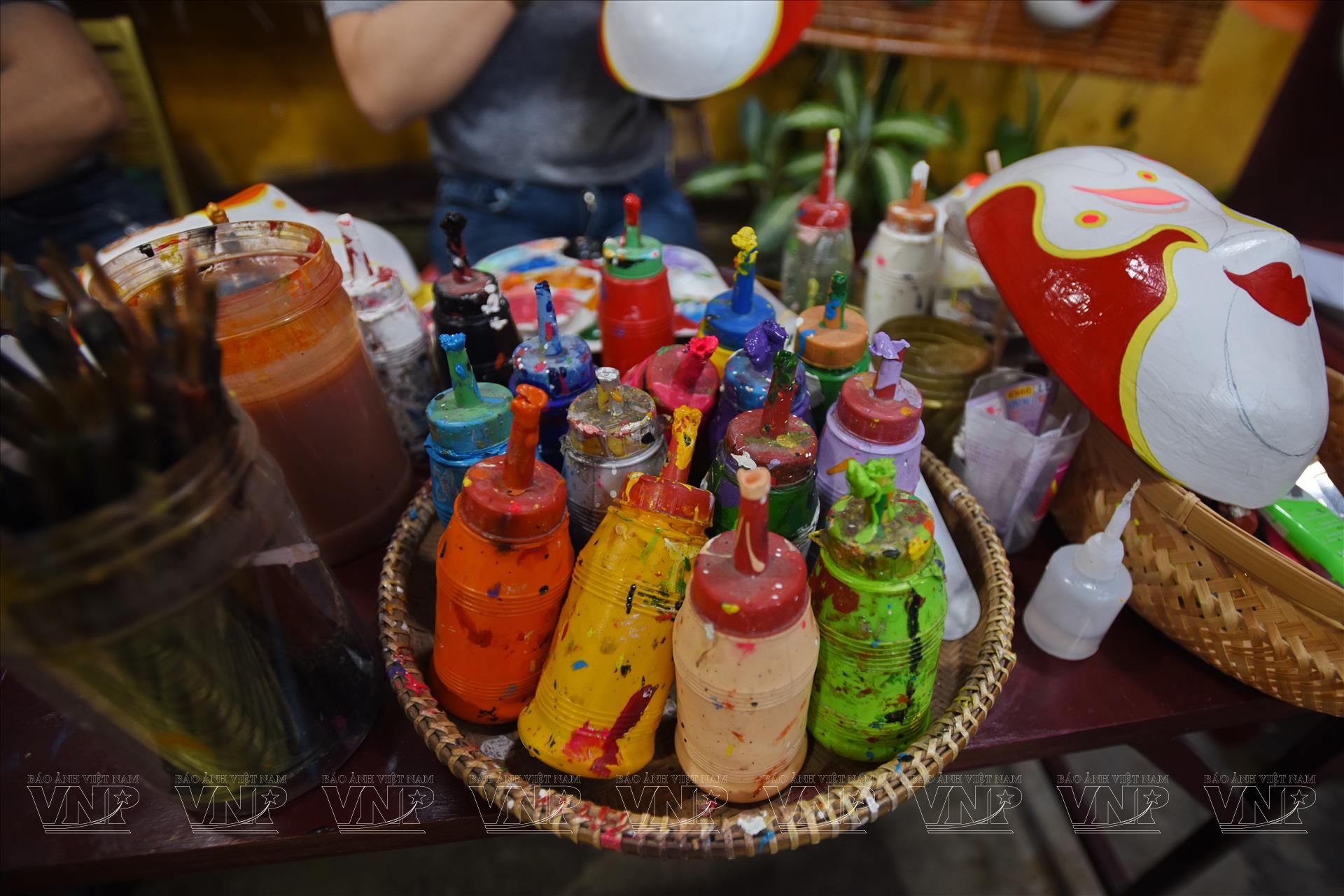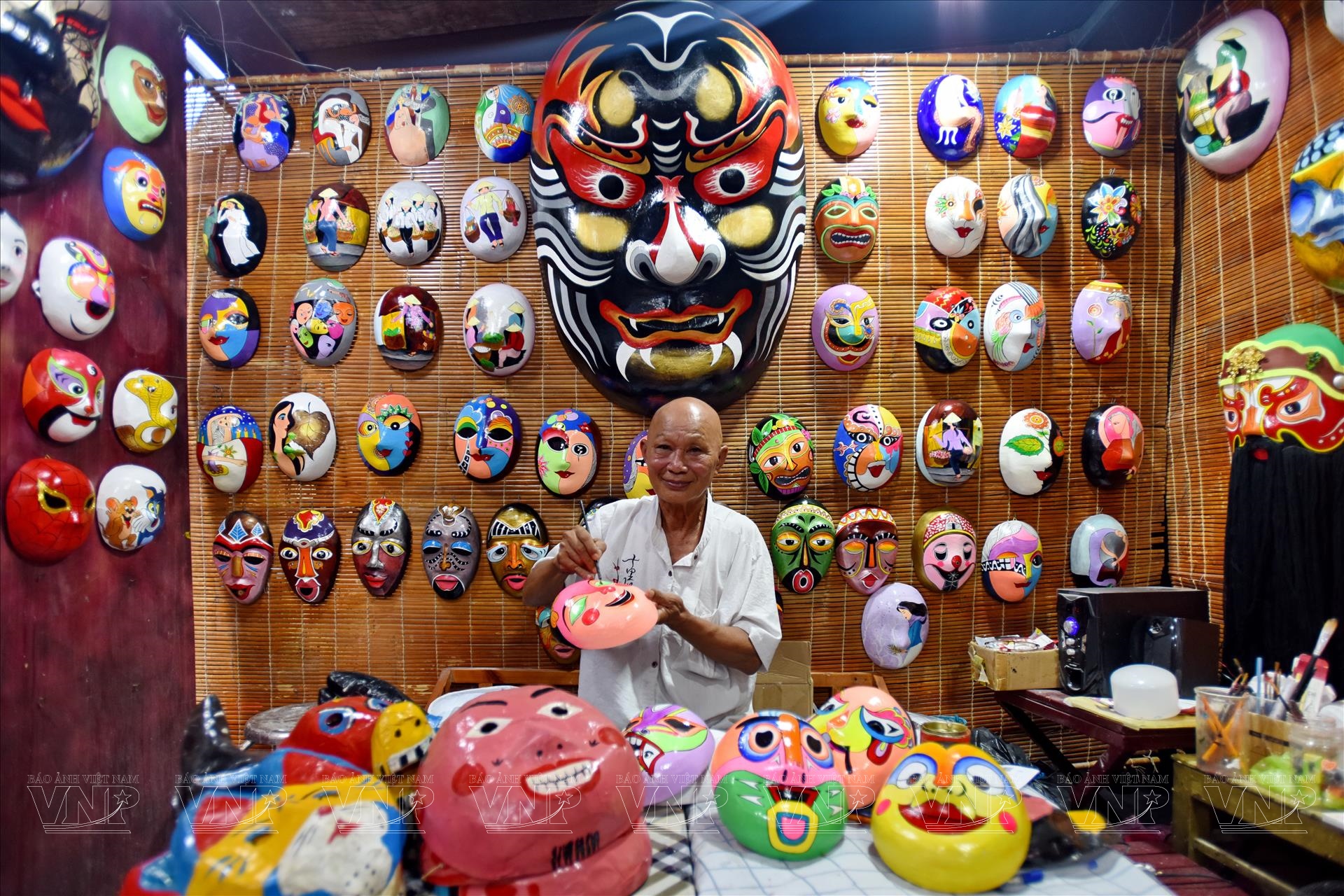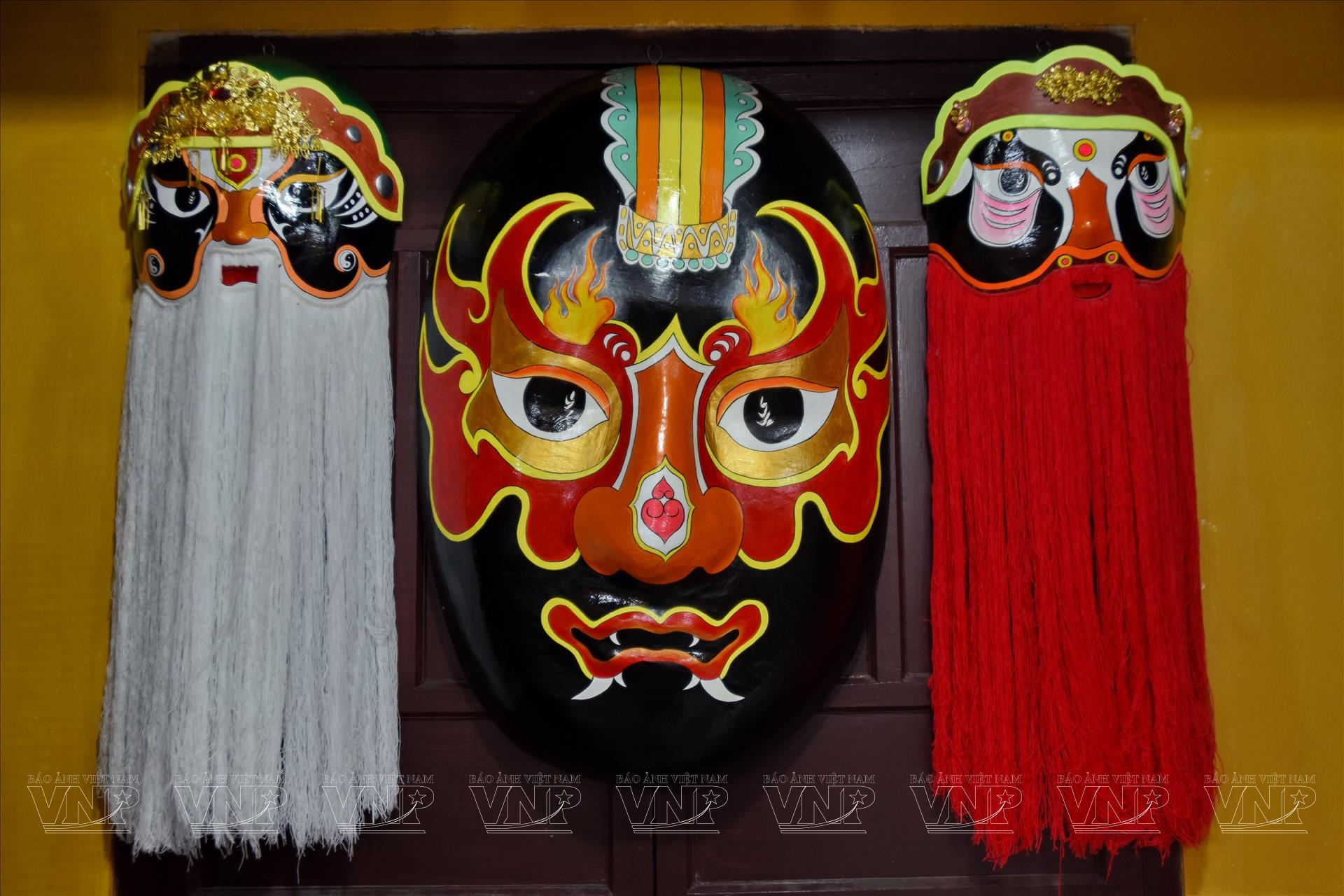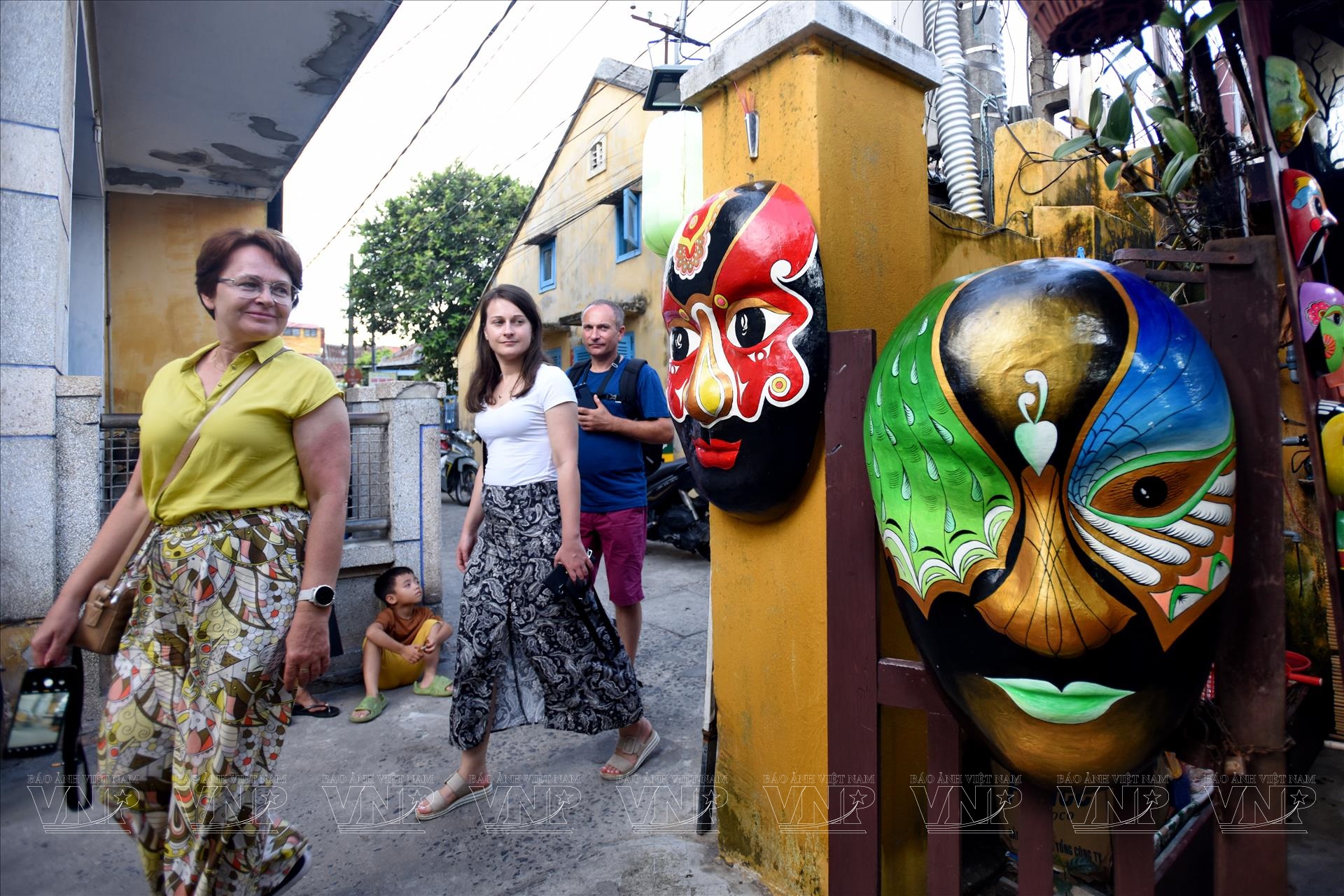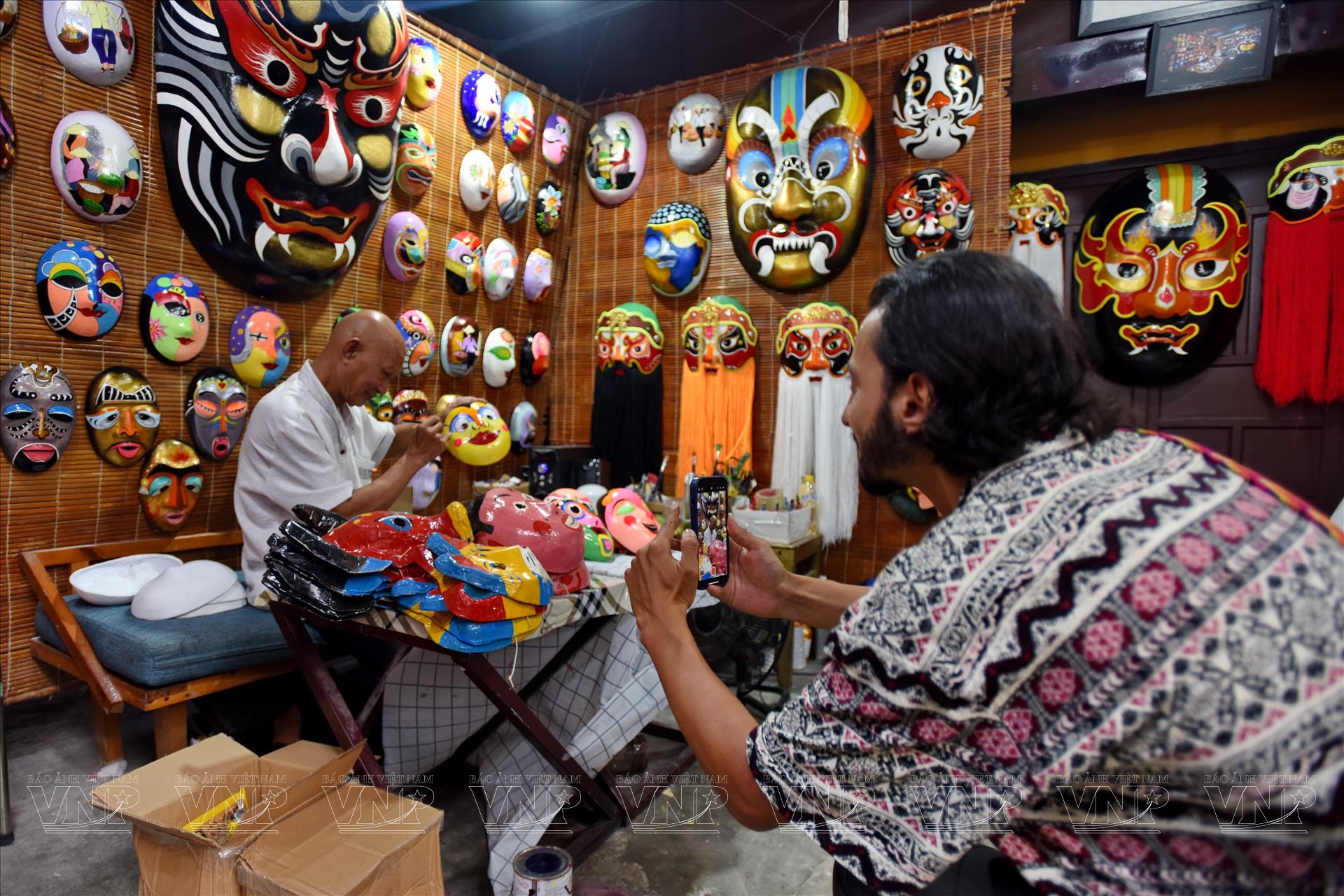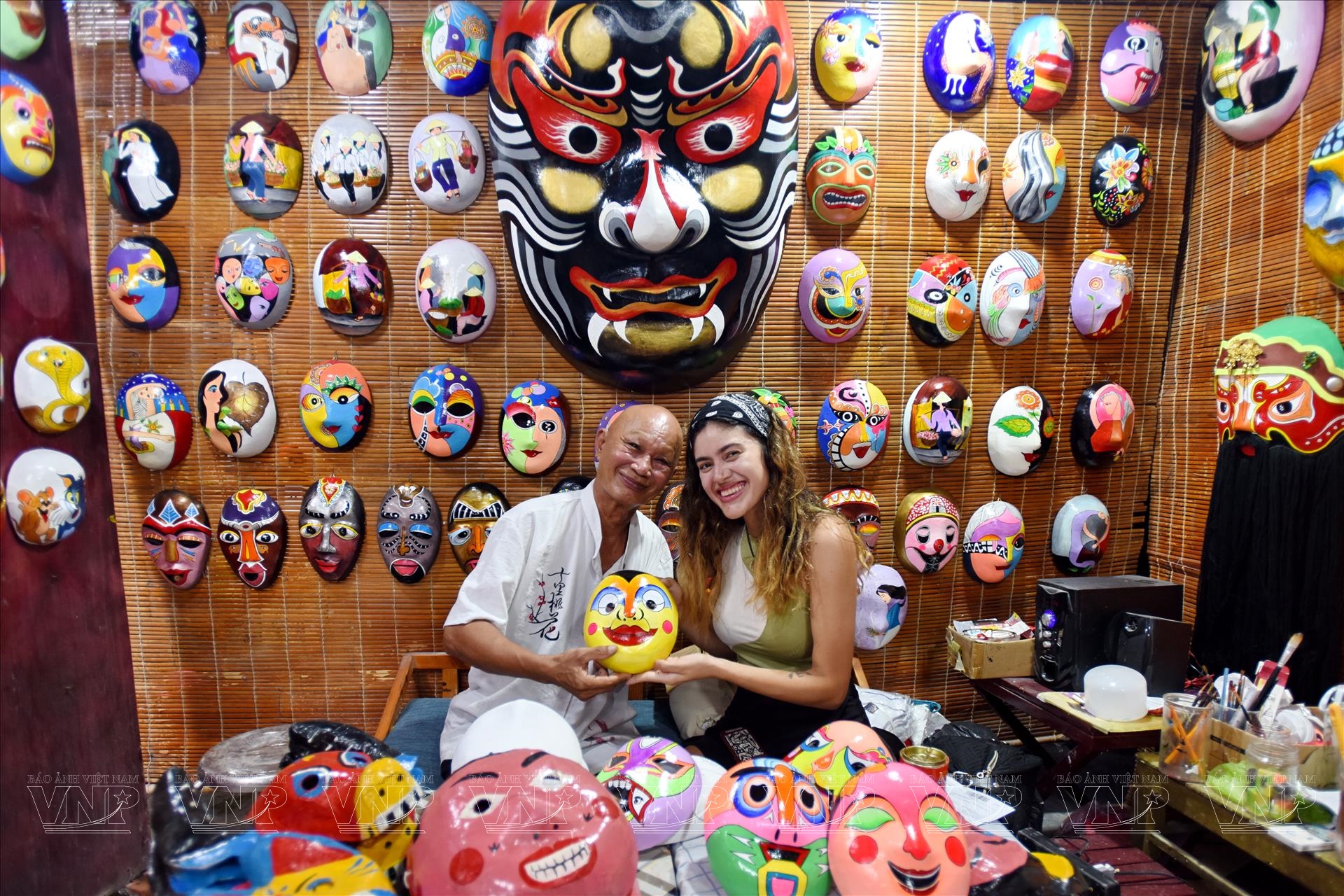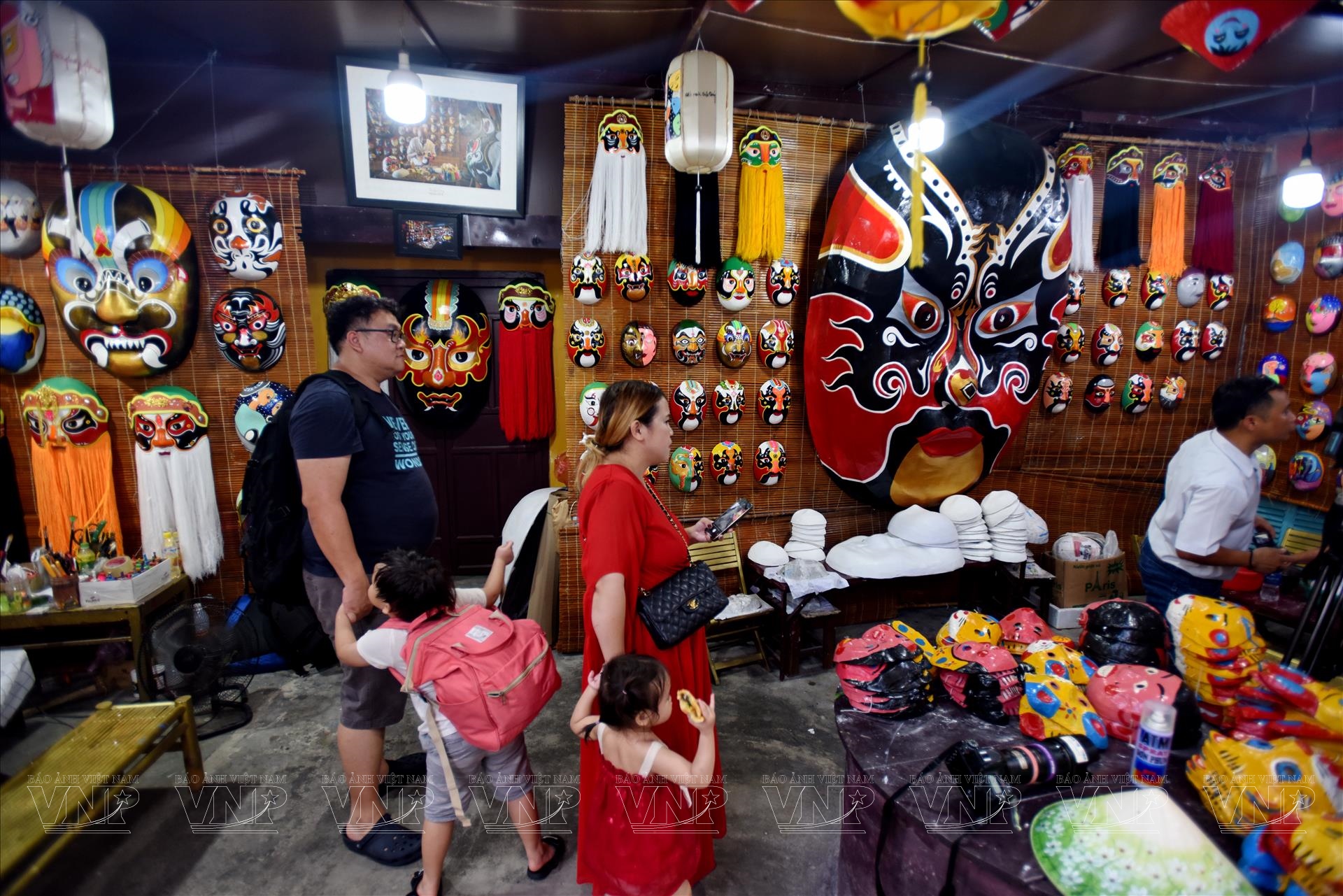A Painter of Paper Masks in Hoi An
Bui Quy Phong, an artisan around 70 years old, devotes all his passion and enthusiasm to the art of paper mache mask painting in the World Heritage Site of Hoi An.
With thousands of masks bearing the distinctive style of tuong (Vietnamese classical opera) masks, he serves as a cultural ambassador, accompanying travelers far and wide, sharing fascinating tales of his homeland, Quang Nam Province.
For over 40 years, Phong has been dedicated to his craft. Despite engaging in making lion heads upon national liberation, he changed direction to become a tuong performer. For days on end, he roamed the streets, embracing the call of his adventurous spirit.
However, even that couldn't retain his interest for long, as his passion for painting drove him back. Returning home, instead of crafting lion heads as before, he turned to painting paper mache masks. Surprisingly, the two seemingly disparate crafts shared intriguing similarities in techniques and aesthetics, adhering to strict conventions of line, composition, color, and notably, a high level of artistry.
In Hoi An, artisan Bui Quy Phong established a small workshop named "The Timing Masks". It serves as both his creative space and a venue to showcase and sell masks to visitors.
Despite its modest size, the workshop attracts a steady stream of visitors, particularly foreigners. People are drawn to "The Timing Masks" by curiosity about the impressive workshop space and the charming personality of its owner. Phong gladly engages guests, spending hours discussing the intricacies and uniqueness of Vietnamese tuong mask painting.
Deeply influenced by tuong singing, especially the art of painting actor masks, Phong infuses this inspiration into his paper mache mask technique. Regardless of the theme, his masks bear the unmistakable stamp of the tuong mask style, characterized by precise lines, clear segments, and adherence to a strict color palette of no more than five dominant hues of red, black, white, deep yellow, and green.
Within Bui Quy Phong's workshop, alongside tuong masks, one finds an array of masks depicting various themes such as street vendors, young girls, rural landscapes, Hoi An's heritage, romantic couples, portraits, flora, and even modern, abstract imagery. All retain the essence of the tuong mask painting technique. This is the mark of an artist's skill, refreshing his work to meet contemporary tastes while preserving Vietnamese identity and culture.
Phong stated that the art of painting tuong masks is a distinctive traditional drawing style of the Vietnamese people, vastly different from the painting style of masks in Chinese opera or any other mask painting styles in the region.
"Vietnamese tuong masks employ only five colors, whereas Chinese opera masks can utilize up to eight or ten colors. While those of tuong masks are distinctly delineated with clear lines and boundaries," said Phong.
In his painting, he favors motifs that are cheerful and humane, aiming to lead people toward beauty, goodness, and harmony. His art always evokes feelings of love and peace, and contains many positive aspects about life, providing a sense of tranquility to the beholder.
For over 40 years, from the gifted hands of artisan Bui Quy Phong, thousands of masks have been born, each unique, each carrying its own story, conveying messages of humanity and beauty. He hopes that more people will come to understand the people, culture, heritage, and landscapes of his beloved Quang Nam Province.
Story: Thanh Hoa Photos: Thanh Hoa/VNP & Files
Translated by Nguyen Tuoi
